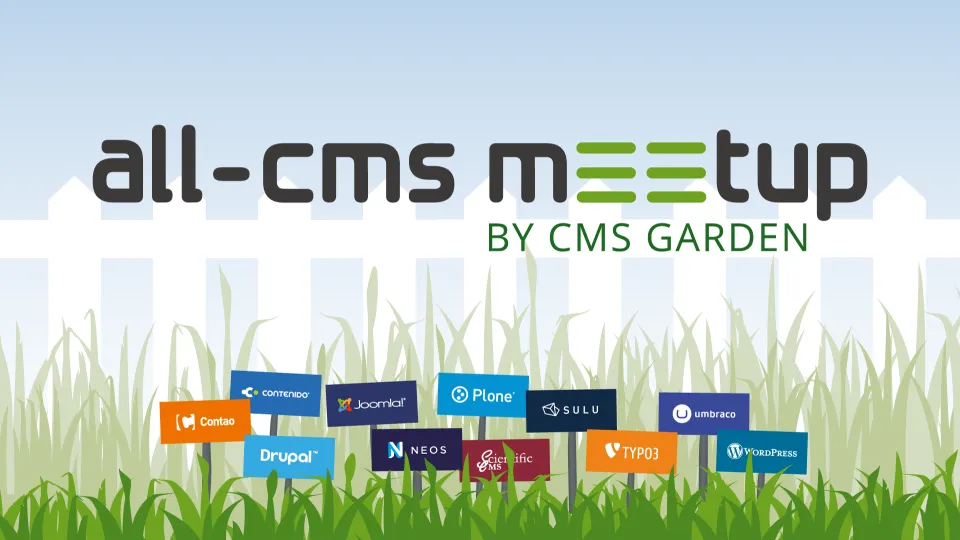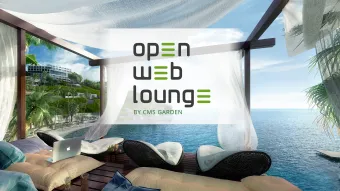The Contenido Principle
The multi-client capability provides the option to host several online services with a single installation, which lets each client maintain their services separately. Each client can host any number of language versions facilitating content synchronisation for translation and publishing purposes.
The system segregates content and style and stores these objects separately. This fact offers the opportunity delivering the maintained content via various channels like web sites, mobile devices or SOAP interfaces utilising different formats as HTML, PDF or XML.
Layouts define the look and feel of online services. These layouts compose not only the HTML-skeleton but propose module containers as well. These containers load dynamic module components like navigation, editorial data, e. g. text and pictures, search functionalities and many more.
The content management system presents added module content via the own template engine but can also utilise external template engines, like Smarty templates, as well. Various content types complete the module section. Content types implement tiny widgets for frequently used functionalities. Contenido allocates these content types, like page or download-lists, via an configuration option (input dialog).
The system combines layouts and module generating templates. Templates serve as scaffolding for adding and maintaining page content via a WYSIWYG-editor. A preview displays the maintained content, as it would be seen within the online service. Time-controlled publication allows setting pages on- and offline based on defined dates. Contenido offers the editor various SEO tools, generating XML-sitemaps, meta tags and page titles in an automatic process or via manual intervention.
Contenido offers the ability to increase user feedback by adding a comment and rating option to specific pages – effectively integrating users‘ own blogs. A bulletin board module enhances online services with real user generated content.






